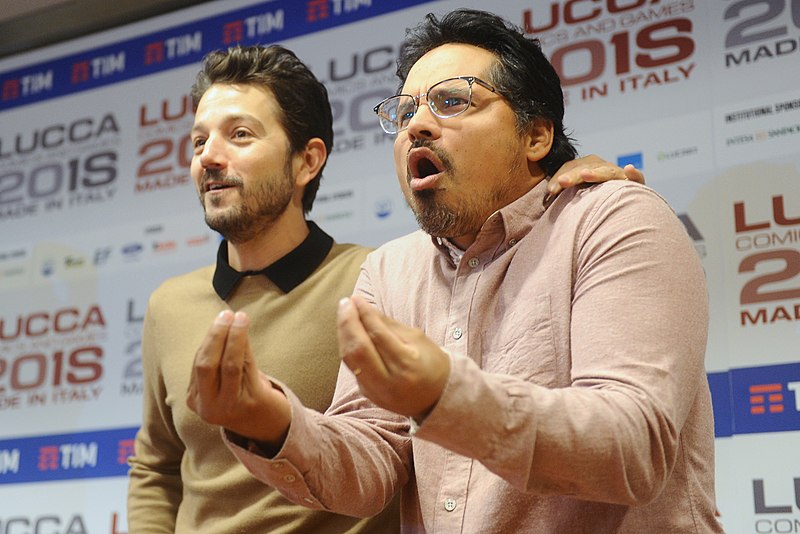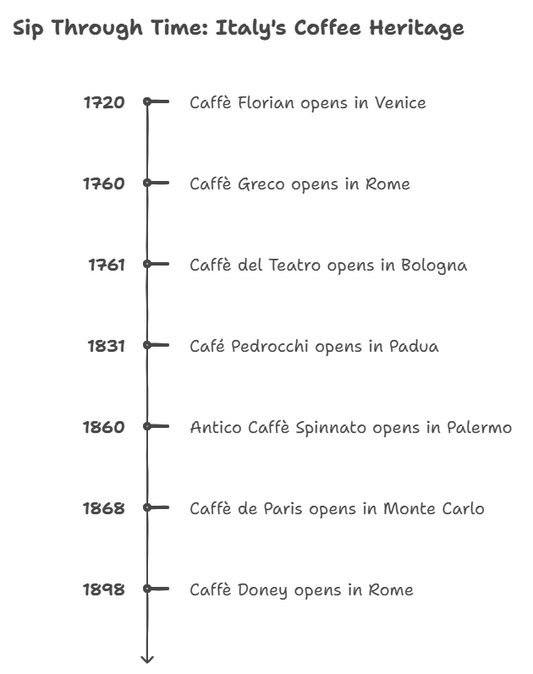It was estimated that there are more than 250 specific hand gestures used by Italians.
Why do Italians talk with their hands? The culture started in the 14th century from the Greek colonization of southern Italy and spread to the rest of Italy with the introduction of France, Spain, and Austria culture during the period. Italians are also artistic in nature and gestures can express their emotions better.
The main researcher on Italian gestures is professor Isabella Poggi, of the Psychology Department at the Università Roma Tre with multiple research and articles on gestures
- Symbolic gestures: The case of the Italian gestionary
- From a typology of gestures to a procedure for gesture production
- Iconicity in different types of gestures
- Persuasion and the expressivity of gestures in humans and machines
- Gesture, gaze, and persuasive strategies in political discourse
- Precision in gestures and words
For how long have Italians talked with their hands
Italians began talking with hands in the 14th century and the Greek colonization of southern Italy. This would explain the common use of gestures in Southern Italy,
Poggi explains that cities were extremely crowded and body language was particularly important to catch each other's attention at all levels. Other experts think Italians develop a special language made of gestures and signs between the 14th and 19th centuries when large sections of the peninsula were occupied by foreign powers, namely France, Spain, and Austria.
Studies have shown that children observe their parents using hand gestures, and learn it much the same way they learn the spoken language.
Do Italian people talk with their hands?
The majority of today's Italian population speak standardized Italian, and hand gestures have persisted as a method of expression to accompany verbal speech in many regions of Italy, particularly in the Southern regions.
Watch Luca Vullo's 2017 documentary “ La voce del corpo ” (“The Voice of the Body”), an award-winning video to find the wide range of non-verbal communication that create depth to the Italian language. Italians often use their hands to accentuate what they're saying.
LA VOCE DEL CORPO - 30' Version with Eng Subtitles from Ondemotive Productions Ltd on Vimeo
Italian gesticulation
Linda Falcone, an author and teacher, years ago wrote that Italians speak with their hands because they are all, in their quintessential nature, artists. They need to create, with their hands, to paint, sculpt, draw and when they do not canvas and brushes, marble and chisel, they mold air with their fingers. It is a poetical image, that creatively explains why we love gesticulating so much.
The all-Italian habit of “talking with one's hands” has been analyzed a while back by the people of the New York Times, which reported Italians used at least 250 hand signs to underline and reinforce the meaning of our words. Those gestures convey subtle differences in meaning which can be hard to pick up on.
Italians are blessed with colorful culture and are famous for expressing themselves with dramatic flair. That includes hand gestures that accompany a wide range of expressions, everything from friendly to crude. Italians talk with their hands – literally. If you ask an Italian to sit on their hands while speaking, it would likely be a very short experiment.
In a contemporary context, hand gestures are primarily used amongst Italians as a form of expression to accompany conversation rather than a substitute for verbal communication.
Many Italians believe some hand gestures work even better than words because they visually express emotions – and they attract attention more than actual speech. It's like a second – or supplemental – language, to better explain things. Some of the most common Italian hand gestures are used to express delight or shock; ask a favor; say hello or goodbye; give a warning; or actually curse at someone, sometimes crudely.
The Italian hand gesture in urban culture
In the 14-page proposal for the emoji, creators of the "pinched fingers" icon suggested that the gesture would be representative of Italian culture because "everybody knows Italians speak with their hands" - but may have other meanings in other cultures.

Some Italians think hand gestures work better than words because they visually express emotions and attract attention. It's like a second language to explain things. The majority of the Italian hand gestures are used to express delight or shock, as well as asking a favor, saying hello or goodbye, giving a warning, or a curse.
Hand gestures can continue even though cheek kisses are on hold among Italians due to viral outbreaks. Gesticulation is a fancy word that means something that likely became common when different tribes moved across Europe. It was common among southern Italians in cities who needed a way to communicate when faced with many regional dialects.
Some studies have found that people who use hand gestures are more friendly and energetic.
Italian talking with hands gifs and memes
Many memes and gifs were created in 2017 to make fun of the Italian use of hand gestures and even by Italians in overseas to relate to their motherland, which include the below.
The Italian hands meme and gifs include memes on daily life and even on movie like Alien.
Source: medium.com/@andreadangelo_21437




Source: forum.duolingo.com


Source: me.me

Source: starecat.com





